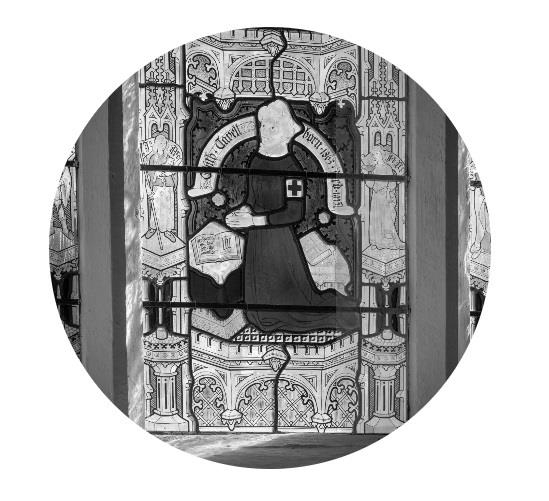
First World War heroine Edith Cavell’s story of self-sacrifice has inspired people around the world and the Norfolk nurse’s final resting place is here at Norwich Cathedral.
Understand and see the difference between limestones.
Lets see and learn something more about limestones, limestone isent just a limestone. There are several types to come over and study. For this spot you will be studying one of the explained limestone types under. So dive in, compaire the photos and facts given to the cachetext below.
Limestone is a sedimentary rock comprising at least 80% calcium carbonate (CaCO3). Limestones can be deposited in both marine and fresh water environments, the former being more common, and can take many forms such as those described below.
CHALK
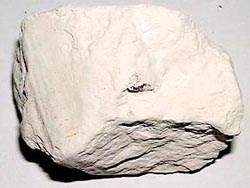
Chalk is a pure, soft, well-jointed limestone composed primarily of the calcareous remains of micro-organisms called coccoliths and foraminifera. Although we provide a close-up of this rock there is nothing more to see than in the larger image, its only to be seen by a scanning electron microscope.
Pure white chalk contains more than 90% CaCO3 and is usually found in thick beds. In Britain it stretches from Yorkshire down to the famous cliffs of Dover. These where deposited in the Cretaceous (~100 million years ago) when Britain was submerged under a deep sea. The Haptophyte organisms that produce the coccolith skeletons that become chalk are pelagic organisms living in the surface waters of the world's oceans. The skeletons eventually settle to the bottom and accumulate to become chalk - if conditions are favorable. Coccolith skeletons are settling most everywhere out of today's oceans, and should be accumulating everywhere in the oceans. But, if the water is too deep it becomes too cold, and the skeletons dissolve. Therefore, chalk accumulates only at shallower depths, and today that is along the oceanic rift systems.
We might also expect chalk to accumulate in shallow waters next to continents, such as on the continental shelves, but here there is too much clastic sediment, and whatever skeletons get to the bottom are typically lost in the clays, silts, and sands.
Colour: white, grey or yellow.
Mineralogy: mainly calcite
Occurrence: chalks are pelagic limestones formed in shallow, open seas.
Texture: fine grained and finely porous.
Structure: usually well bedded in thick extensive successions, nodules of flint and marcasite are common
SHELLY LIMESTONE
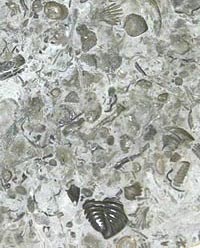
Fossiliferous limestones but technically it is called a packed biosparite. Packed because it is packed full of skeletons, bio=fossils, sparite=calcite cement between the skeletons, some whole some fragmented, cemented by a spar matrix (crystalline calcite). Most of the fossils are crinoid stem fragments, but favositid (honeycomb) corals and stromatoporoids are also common. This is also a corase, poorly sorted rock, with skeletons of many different sizes jumbled together. A number of scours, erosion surfaces, are also visible indicating periods of very strong currents, most likely storms.
Carboniferous limestone is an example of a shelly limestone and is found predominantly in the Peak District and Yorkshire Dales where it forms a distinctive landscape known as karst. The limestone was deposited in the Carboniferous period, over 300 million years ago, and tells us that Britain once lay in warmer latitudes. This tropical environment was similar to the Caribbean of today with lots of algae, corals, and brachiopods. Before this became a rock we can imagine it as a rubble pile of skeletons lying on the bottom with no other sediment intermixed with them.
Colour: variable.
Mineralogy: finely divided calcite mud containing larger crystals from animal skeletons.
Composition: calcareous.
Occurrence: widely distributed.
Texture: variable.
Structure: bedding often apparent, the fossils may be complete or fragments.
OOLITIC LIMESTONE
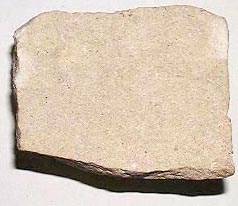
Oolitic limestone is a carbonate rock made up mostly of ooliths (or ooids) which are sand-sized carbonate particles that have concentric rings of CaCO3. These rings are formed around grains of sand or shell fragments that were rolled around on the shallow sea floor, gathering layer after layer of limestone. The mechanism of formation is to begin with a seed of some sort, perhaps a shell fragment. The strong currents wash this seed around on the bottom where it accumulates a layer of chemically precipitated calcite from the supersaturated water. Only this process is going on with uncounted trillions of oolites. The oolites are commonly found in large dunes (megaripples); if you could be there you could scoop up the oolites in your arms and hands. The concentric layers is formed as the oolites are alternately exposed to pick up a concentric layer, and then buried to set the layer. The next exposure then adds another layer.
Portland limestone is an example of an oolitic limestone. This limestone formed in a shallow sea, rather like the modern Bahamas, near the end of the Jurassic period (~135 million years ago). The rock has an even structure rather like cod roe and it can therefore be cut or sculpted in any direction. This feature, coupled with hardness, colour and durability, gives the limestone its quality as a building stone.
Colour: white, grey or yellow.
Mineralogy: mainly calcite
Occurrence: chalks are pelagic limestones formed in shallow, open seas.
Texture: fine grained and finely porous.
Structure: usually well bedded in thick extensive successions, nodules of flint and marcasite are common
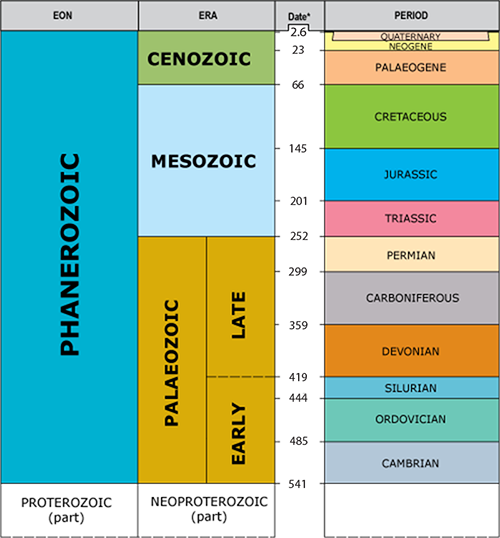
To log this cache.
To get to log this cache you will have to visit and answer the questions which are related to the coordinates given the earthcache.
When answers are collected, send them to CO for verification.
You can log immediately answers are sent CO. If there are any questions about your answers CO will contact you.
Logs without answers to CO or with pending questions from CO will be deleted without any further notice.
Please do not include pictures in your log that may answer the questions.
Questions
1. Answer the questions under by visiting GZ.
A. Above its been described three different limestone types: (CHALK/SHELLY LIMESTONE/OOLITIC LIMESTONE). Tell me what type of limestone that is at display, and why do you think your choice is correct!
B. Describe the surface and the texture of the stone, what color is it, and why is the color (light/medium colored/dark). And can you say anything about its origin?
C. Why do the stone have pitted holes in its surface, or are there any holes to bee seen?
D. How many % calcium carbonate would you say is comprising in a sedimentary limestone?
E. What period of time does the displayed stone come from? (Use the diagram above from the cache text, and pick your answer from the right hand side, saying: Period.)
2. Take a photo of you, the group or the GPS from the location without revealing any of the answers
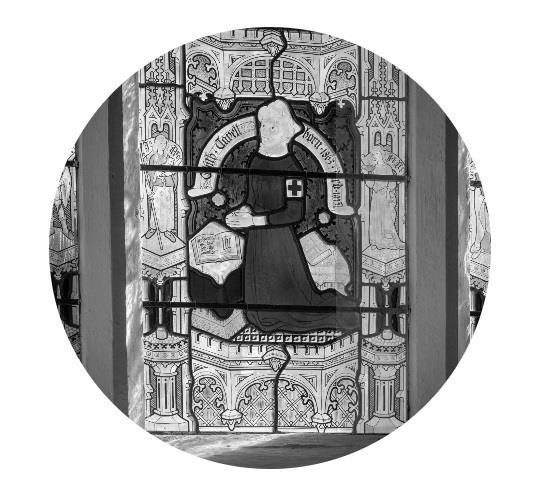
First World War heroine Edith Cavell’s story of self-sacrifice has inspired people around the world and the Norfolk nurse’s final resting place is here at Norwich Cathedral.
Born in Swardeston in 1865, Nurse Cavell went on to become a pioneer of professional nursing training in Brussels and she nursed soldiers from both sides during the war in occupied Belgium. For nine months she worked with the Belgian underground resistance to shelter over 200 Allied soldiers, helping them escape to neutral Holland. For this she was shot by German soldiers on 12 October 1915.
The night before her execution, she famously said: “Standing as I do in view of God and eternity, I realise that patriotism is not enough. I must have no hatred or bitterness for anyone.”
Find out more about Edith Cavell
War Memorial #1780
Find out more about Nurse Cavell’s life by walking the Edith Cavell Pilgrimage route from Nurse Cavell’s home village of Swardeston to Norwich Cathedral. The seven-mile walking route passes by many places significant to Nurse Cavell’s life, including the vicarage where she grew up.